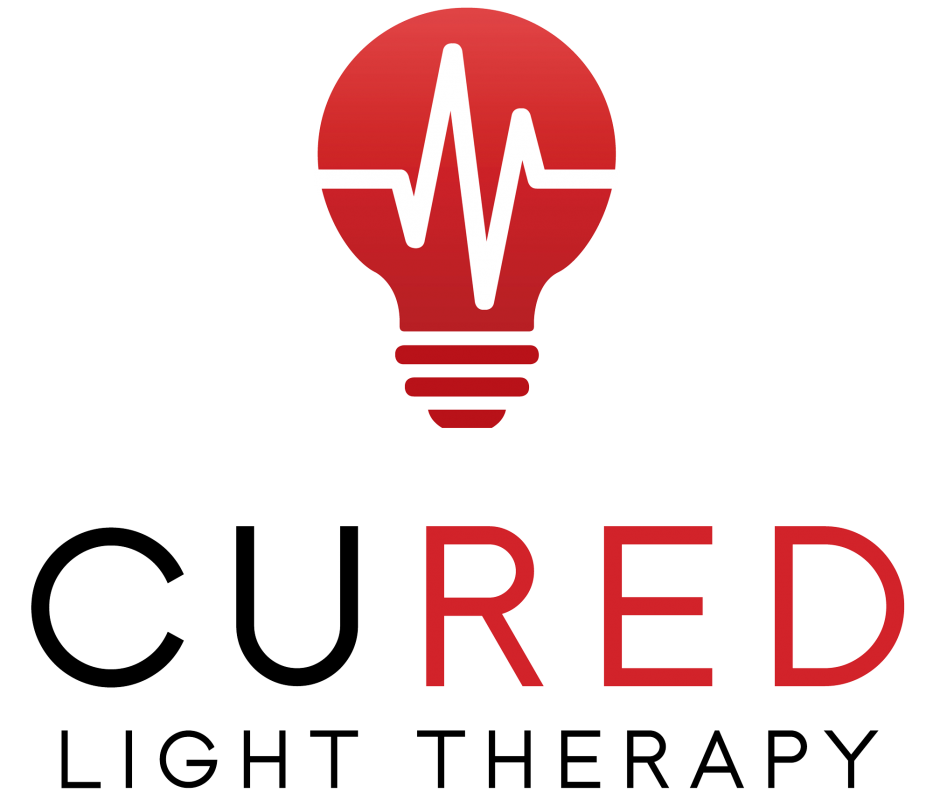Pain is more than just a feeling of discomfort. It can affect how you feel in general. It can also lead to mental illnesses such as depression and anxiety. The amount of pain you experience can tell your doctor a lot about your overall health.
Pain can be anything from a dull ache to a sharp sting, and can range from mild to extreme. You may feel pain in any part of your body or it may be widespread.
What causes pain?
Inflammation is the main culprit when it comes to pain. So an effective anti-inflammatory will certainly reduce most, if not all, types of pain. Research consistently shows that red/NIR light therapy (RLT) is effective at reducing inflammation wherever mitochondria are present, and that is all over our bodies.(1) That means RLT should have a positive effect on most , if not all, pain.
inflammation
Several factors can cause chronic inflammation, including untreated causes of acute inflammation, such as an infection or injury. But also an autoimmune disease, in which your immune system is affected.
How does red light therapy help with arthritis?
Red light therapy reduces inflammation by increasing circulation and blood flow to damaged tissues. (2) In a 2017 review, Dr. Michael Hamblin put the following together:
“PBM is able to boost antioxidant defenses and reduce oxidative stress. It was shown that PBM can activateNF-kB in normal resting cells, but inflammatory markers were reduced in activated inflammatory cells. One of the most reproducible effects of PBM is an overall reduction in inflammation, which is especially important in joint disease, traumatic injury, lung disease and in the brain. †
Osteoarthritis of the hands can cause thickening of the knuckles. Research shows that red light therapy not only reduced pain in these patients, but also decreased finger circumference and increased mobility. (3)
One study showed that red light therapy reduced pain by 70% in patients with rheumatoid arthritis compared to the placebo group. Patients also saw a significant increase in palm flexibility and a reduction in morning stiffness. (4)
Other pain conditions
In addition, red light therapy reduces oxidative damage, which can affect joints, which can benefit connective tissue. In addition, RLT helps produce more cellular energy to regenerate and heal faster. (5)
An estimated 80% of the population suffers from low back pain at some point.
A scientific study was done on infrared therapy for chroniclow back pain. They found that near infrared light (over 800 nm) and infrared light (up to 1200 nm) resulted in reduced chronic low back pain. (6)
LLLT (low-level laser therapy) is an effective treatment method to reduce pain in adult patients with musculoskeletal disorders (7) (8)
IIn 2 different studies it was shown that red light therapy combined with stretching exercises significantly reduces knee pain due to osteoarthritis. (9) (10)
LLLT reduces pain shortly after treatment in acute neck pain and up to 22 weeks after completion of treatment in patients with chronic neck pain. (11)
Plantar fasciitis patients significantly relieve heel pain and the excellent efficacy lasts 3 months after treatment (12)
Recovery and return to the game/sport
Most athletes want to resume their sport as soon as possible after an injury. Amateur athletes and fitness fanatics also benefit from recovering faster after pain, stiffness or injuries.
Red light therapy showed a significant acceleration of return to play after two to six sessions of light therapy, at the site of injury. The mean return to play of injured athletes (based on a wide range of injuries) treated with light therapy was 9.6 days, compared with 19.23 days in the placebo group. The researchers found that Near-Infrared light waves improved blood flow, relaxed muscle spasms, reduced inflammation and reduced the time the participants felt pain. (13)
Treating Pain With Red Light Therapy.
Many clinical studies point to red light and near infrared (NIR) light as potential treatments for pain from a variety of conditions, including osteoarthritis and other joint pain, fractures, muscle injuries, connective tissue disorders, nervous system disorders, and spinal cord disorders.
Studies show that red light therapy is effective in reducingsystemic inflammation and thus is a powerful tool to soothe and reduce symptoms of chronic inflammation. (14)
Red light therapy is natural, effective, free of side effects and has shown great therapeutic potential in clinical studies. Near infrared light has the ability to penetrate deeper into the body. Red light and Near Infrared light together provide the body with more energy at the cellular level, so that the body optimizes itself.
Experience the pleasant, calming and restorative effects of deeply penetrating safe light waves, as well as stimulation at the cellular level of the body’s natural healing processes against pain. It can help you enjoy your life, favorite activities and sports again. Moreover, you can enjoy the rejuvenating and regenerating benefits on your skin at the same time.
Sources:
(1) Anti-inflammatory effects of low-level laser therapy on human periodontal ligament cells: in vitro study
https://pubmed.ncbi.nlm.nih.gov/29116611/
(2) Mechanisms and Applications of the Anti-Inflammatory Effects of Photobiomodulation
https://pubmed.ncbi.nlm.nih.gov/28748217/
(3) Positive effects of low-level laser therapy (LLLT) on Bouchard and Heberden’s osteoarthritis
https://pubmed.ncbi.nlm.nih.gov/26833862/
(4) Effects of low red light irradiation on the proliferation of mesenchymal stem cells derived from rat bone marrow
https://pubmed.ncbi.nlm.nih.gov/18003339/
(5) Photobiomodulation (660 nm) therapy reduces oxidative stress and induces BDNF expression in the hippocampus
https://www.ncbi.nlm.nih.gov/pmc/articles/PMC6625994/
(6) Infrared therapy for chronic low back pain: a randomized controlled trial
https://www.ncbi.nlm.nih.gov/pmc/articles/PMC2539004/
(7) The use of low-level laser therapy (LLLT) for musculoskeletal pain
https://pubmed.ncbi.nlm.nih.gov/26858986/
(8) Effects of low-level laser therapy on pain in patients with musculoskeletal disorders: a systematic review and meta-analysis
https://pubmed.ncbi.nlm.nih.gov/28145397/
(9) Inclusion of photobiomodulation therapy in a therapeutic exercise program for knee osteoarthritis: a placebo-controlled, randomized, clinical trial
https://pubmed.ncbi.nlm.nih.gov/29733117/
(10) Ultrasound plus low-level laser therapy for knee osteoarthritis rehabilitation: a randomized placebo-controlled trial
https://pubmed.ncbi.nlm.nih.gov/29480363/
(11) Efficacy of low-level laser therapy in the treatment of neck pain: a systematic review and meta-analysis of randomized placebo-controlled or active treatment-controlled trials
https://www.researchgate.net/publication/38089878_Efficacy_of_low-level_laser_therapy_in_the_management_of_neck_pain_a_systematic_review_and_meta-analysis_of_randomised_placebo_or_active-treatment_controlled_trials
(12) Clinical efficacy of low-level laser therapy in plantar fasciitis
https://www.ncbi.nlm.nih.gov/pmc/articles/PMC6370152/
(13) Phototherapy Significantly Reduced Game Recovery in Injured University Athletes: A Pilot Study
https://www.ncbi.nlm.nih.gov/pmc/articles/PMC4846838/
(14) Mechanisms and Applications of the Anti-Inflammatory Effects of Photobiomodulation
https://www.ncbi.nlm.nih.gov/pmc/articles/PMC5523874/



